Champa culture, one of the unique and ancient cultures in Vietnam, has developed over more than 1,000 years. This culture not only clearly shows the influence of Hinduism but also integrates with indigenous cultural elements, forming unique and rich values, contributing to the diversity and colorfulness of Vietnamese national culture.
Although the Champa Kingdom no longer exists, its great cultural and architectural values have stood the test of time. Visitors can explore the unique Cham towers in many localities in Central Vietnam.
Among them, Banh It Tower located on a hill in Phuoc Hiep Commune, Tuy Phuoc District, Binh Dinh Province, is a symbol of the ancient Champa culture, containing many historical, architectural and spiritual values. This place offers visitors unique experiences about the architectural and cultural beauty of an ancient civilization.
If you have the opportunity to come to Quy Nhon, do not miss the opportunity to visit this famous tower complex to admire and explore the historical mysteries here.
1. Introduction to Banh It Tower
Banh It Tower is open to visitors from 7am to 6pm every day of the week. It is an ancient architectural relic of the Cham people, standing out with its unique beauty and located about 20km northwest of Quy Nhon city.
This relic site was built in the late 11th and early 12th centuries by the Cham people and was originally named Silver Tower or Yang Mtian.
The name Banh It Tower comes from the unique shape of the tower, similar to Banh It, a traditional dish of Binh Dinh people. The tower is also known as Ba Di Bridge Tower, because it is located near the ancient Ba Di Bridge, which dates back to the French colonial period.
Banh It Tower consists of a group of four towers, with the main tower being 22m high. This is a place of worship for Hindu gods such as Shiva, Vishnu, Ganesha and where Cham religious ceremonies take place.
In 1982, the tower received the title of National Architectural and Artistic Monument and was included in the list of 1,001 architectural works worth visiting in a lifetime by a group of British authors.
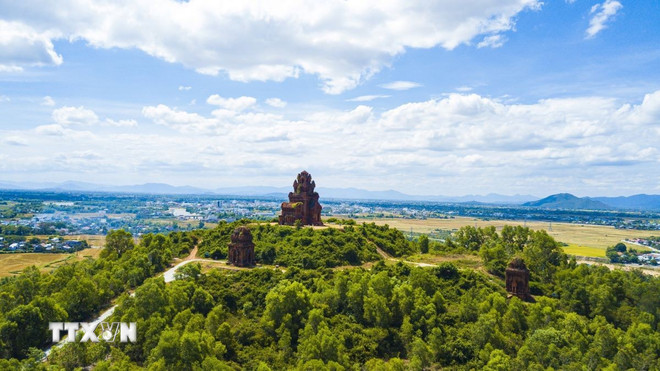
2. Cham-inspired architecture
The outstanding features of Champa architecture in Binh Dinh area are elements such as grooved columns, sandstone roof edges, and pointed arches on the towers. Banh It Tower is one of the important relic complexes, preserving the typical artistic values of this culture.
When visiting Banh It Tower in Binh Dinh, visitors feel like they are returning to the past, "transporting" to the glorious period of the Champa Kingdom. The traces of time are preserved in each terracotta brick, each sophisticated pattern and the tall, majestic tower roofs.
The unique architectural and cultural imprints of Champa at Banh It Tower in Binh Dinh are shown through many details, including:
Construction materials: Bricks and sandstone are meticulously combined, demonstrating the ingenuity of construction techniques.
Shape structure: The tower is cylindrical in shape, gradually decreasing in size and divided into many floors when reaching the top, creating a remarkable visual effect.
Roof architecture: The tower roof is curved and conical in shape, elaborately decorated with delicate patterns.
Tower door: The tower door is arched, often decorated with statues of gods or elaborate patterns.
Decorative Art: The tower stands out with unique patterns, vivid illustrations of Champa art. The decorative designs include leaf, flower, and animal motifs, with bright colors and delicate lines.
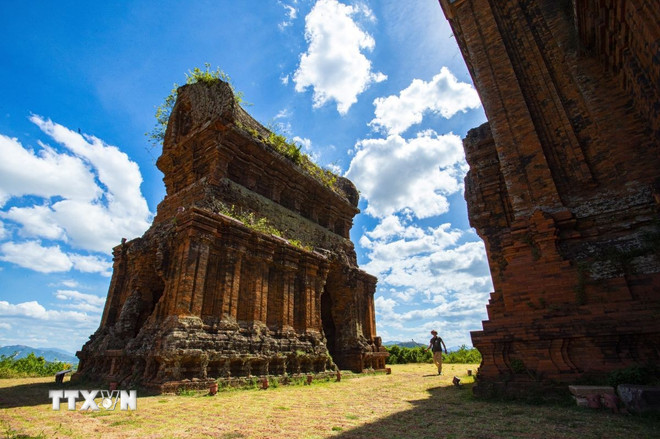
3. Explore the Banh It tower complex
The Banh It tower complex consists of four towers with religious and cultural functions for the Cham people. The names of the towers are the main tower (Kalan), the gate tower (Gopura), the fire tower (Kosagrha) and the stele tower (Posah).
Based on the remaining relics, researchers believe that many other architectural works once existed here, creating a rich religious center with a diversity of architectural styles.
Gate Tower (Gopura)
The gate tower, also known as Gopura, serves as the smallest architectural feature in the overall structure, with a square shape and a roof designed like a flower. The tower carries the symbolic meaning of welcoming and guiding believers into the worship area.
Located at the eastern foot of the hill, the gate tower is smaller and less elaborate than the main tower, but stands out for its solidity and strength.
Built from bricks, the tower is 13m high with a square base of 7m each side. The gate arch is designed like a spearhead pointing straight to the sky, creating a majestic look for the architecture. The two doors of the tower are opposite on the East-West axis and are aligned with the main tower door on the top of the hill. The tower wall surface is decorated with delicate motifs along with fake doors shaped like sharp spearheads.
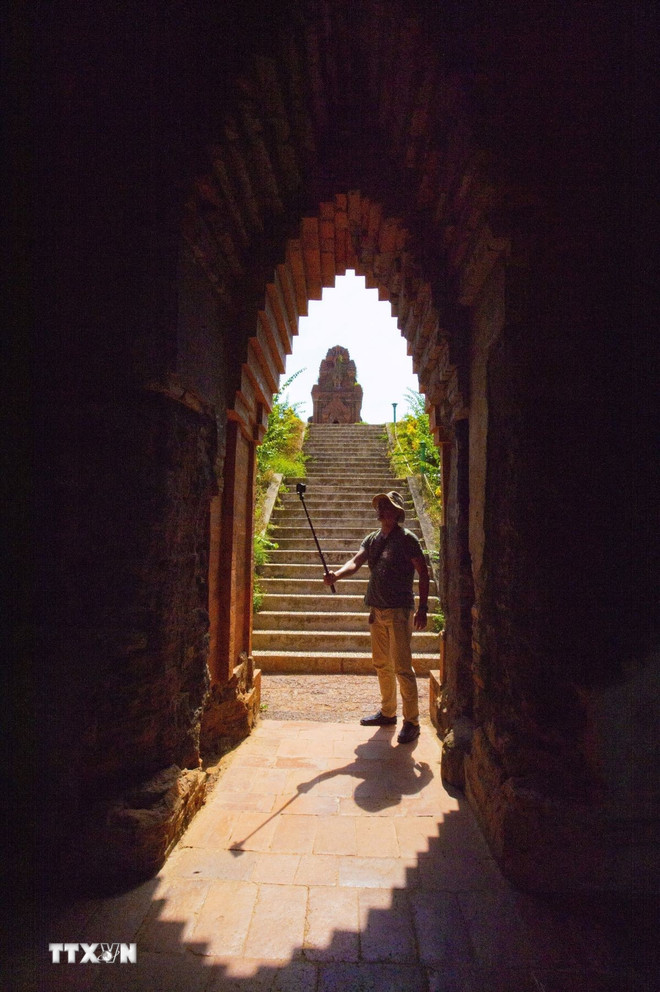
Posah
The stupa, also known as Posah, is an ancient structure that is over 10 meters high and has a square plan. Located 22 meters south of the gate tower, the stupa has four symmetrical doors facing the four directions of East, West, South, and North.
The outstanding feature of this tower is the roof which is uniquely designed compared to other Cham towers, with a gradual narrowing as the height increases.
Each roof level of the tower has a row of curved gourds at both ends, creating a shape similar to wine gourds lying next to each other, so the tower is also called the Wine Gourd Tower. This tower used to be the place to keep steles recording the achievements of kings and gods revered in this area. However, the steles in the tower have now been lost.
Main Tower (Kalan)
The main tower (Kalan) is located on the top of the hill and is the largest structure with a height of 29.6m. It has a square design with each side measuring 12m, including a main door facing East and three false doors.
The main entrance is highlighted by the spear-shaped arch with a relief of Kala in the center. The cornice of the arch is decorated with a dancing monkey figure of HaNuMan. The small false doors have a relief of Gajasimha on the cornice.
Nearby is the Fire Tower, located to the west of the Bia Tower, which is 10m high, 12m long, 5m wide, and has walls 1.4m thick. This tower used to be a warehouse for storing sacrificial objects of the ancient Champa people.
Fire Tower (Kosagrha)
The fire tower (Kosagrha) is built in a rectangular shape, different from the usual square towers. This tower reaches a height of 10m, a length of 12m and a width of 5m.
This place played an important role in storing and arranging offerings before bringing them to the main tower, where rituals took place to commemorate and honor the kings and gods of the ancient Champa people.
View the statue of Shiva
Located in the center of the Banh It tower complex, the main tower, also known as Kalan, is a prominent destination for visitors who want to admire the majestic statue of Shiva on a lotus pedestal. This is a masterpiece of Cham sculpture.
The statue is 1.54m high, 1.06m wide and 0.56m thick. In 2013, the statue was restored based on the original which is currently on display at the Guimet Museum in France. This is the oldest Cham sculpture in Binh Dinh, in the Chanh Lo style from the 11th century.
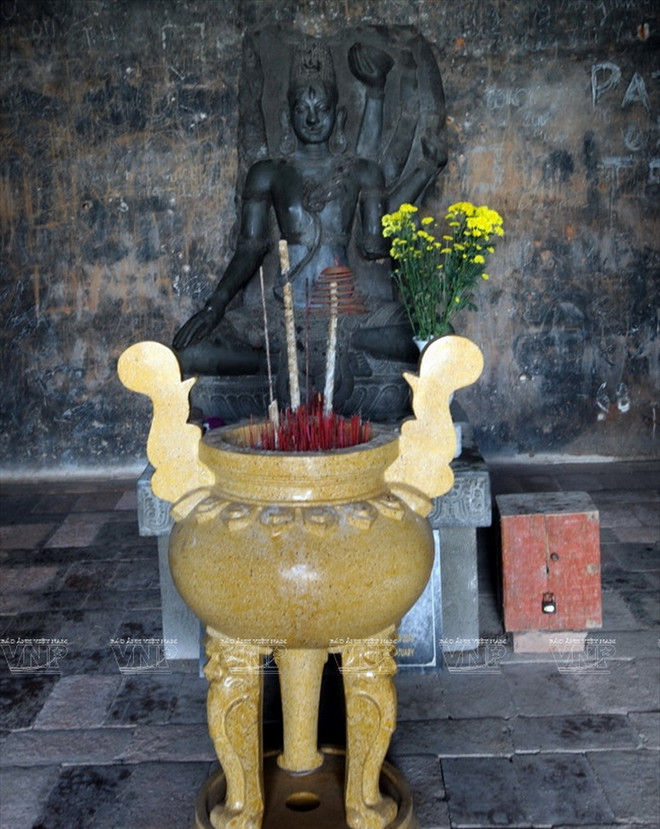
Admire the beautiful reliefs
In addition to its unique architectural design, Banh It Tower also attracts visitors with its sophisticated reliefs, contributing to the great artistic and cultural value of the monument.
These reliefs are carved on the walls, eaves and tower doors, reflecting the lifestyle, beliefs and worldview of the Cham people at that time.
Mythological world: Gods like Shiva, Vishnu, Brahma, Ganesha,... are depicted with great majesty and power.
Sacred animals: Elephants, tigers, buffaloes, cows,... are animals worshiped by the Cham people, acting as symbols of strength, resilience and loyalty.
Decorative patterns: Leaves, clouds, animals, etc. are delicately carved, contributing to the splendid beauty of the reliefs.
Scenes of daily life: Agricultural activities, hunting, fishing,... are vividly depicted, truly reflecting the life of the Cham people during that period.
3. When should you visit Banh It Tower?
To plan a trip to Binh Dinh, especially Banh It tower, choosing the right time and careful preparation is essential.
The ideal time to visit is during the dry season, from January to August. During this time, the weather in Quy Nhon is often less rainy, the climate is pleasant, creating favorable conditions for outdoor activities.
Conversely, if you plan to visit from September to December, it is advisable to check the weather forecast in advance, as the area often experiences rain during that time.
4. Travel from Quy Nhon to Banh It Tower
Banh It Tower is located about 20km northwest of Quy Nhon city center. Visitors can get here by many different means of transport such as motorbike, bus, car, taxi or technology car.
If you use a motorbike or car, you can drive yourself from Quy Nhon city center via Nguyen Tat Thanh street to Banh It Tower in Binh Dinh.
Another convenient and easy way is to use a taxi or technology car service. These services are easily found at many locations in Quy Nhon city. To get a better price, you should book in advance via the application or contact directly. Negotiate the price with the driver before starting the trip.
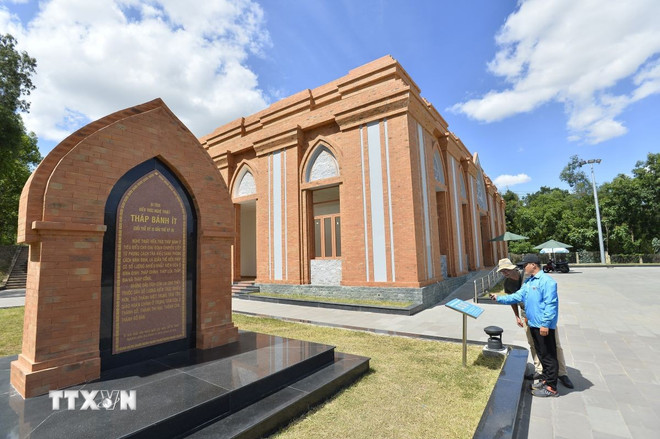
5. Things to prepare and note
When visiting Banh It Tower, one of the oldest Cham Pa relics in Binh Dinh, you need to pay attention to prepare the following things to have a smooth trip:
- Wear cool clothes, bring hats, masks, umbrellas, sunscreen and drinking water to protect yourself from harsh weather.
- Check your identification documents and entrance tickets carefully and bring some cash for souvenir shopping or enjoying local cuisine.
- Show respect for monuments by not touching statues, reliefs, writing graffiti or littering.
- For a more complete experience, you should hire a tour guide or learn about the history, architecture and significance of the towers in advance./.
Source: https://www.vietnamplus.vn/thap-banh-it-noi-luu-giu-gia-tri-lich-su-va-kien-truc-doc-dao-cua-cham-pa-post1033474.vnp


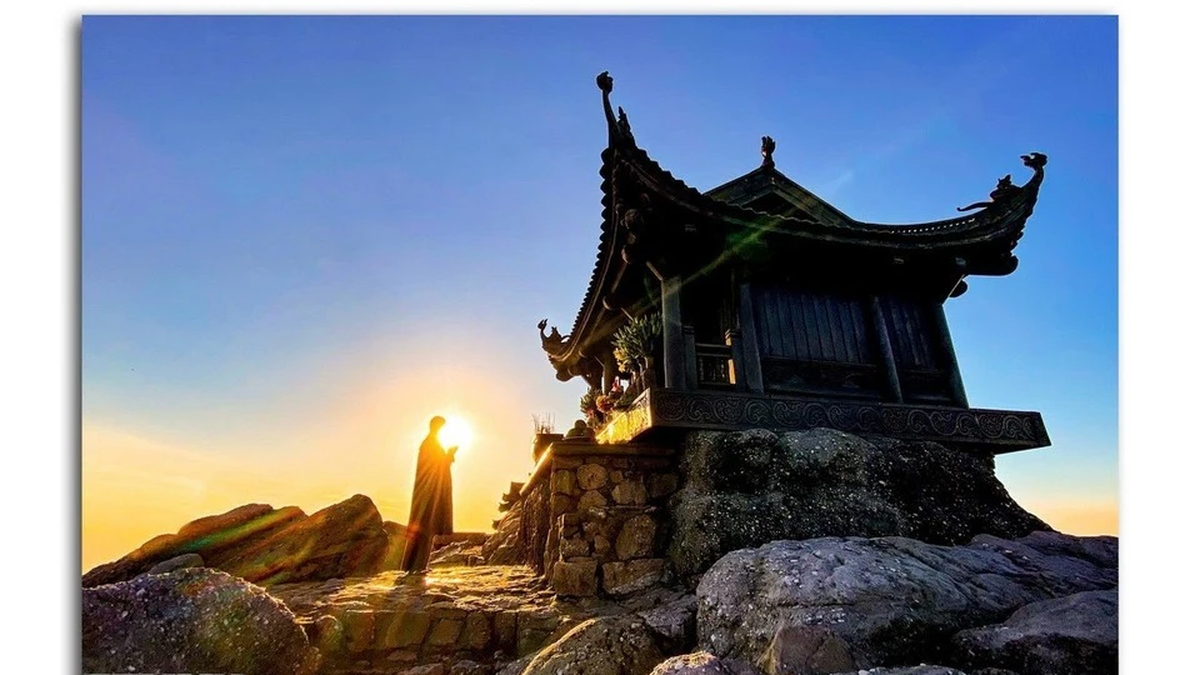

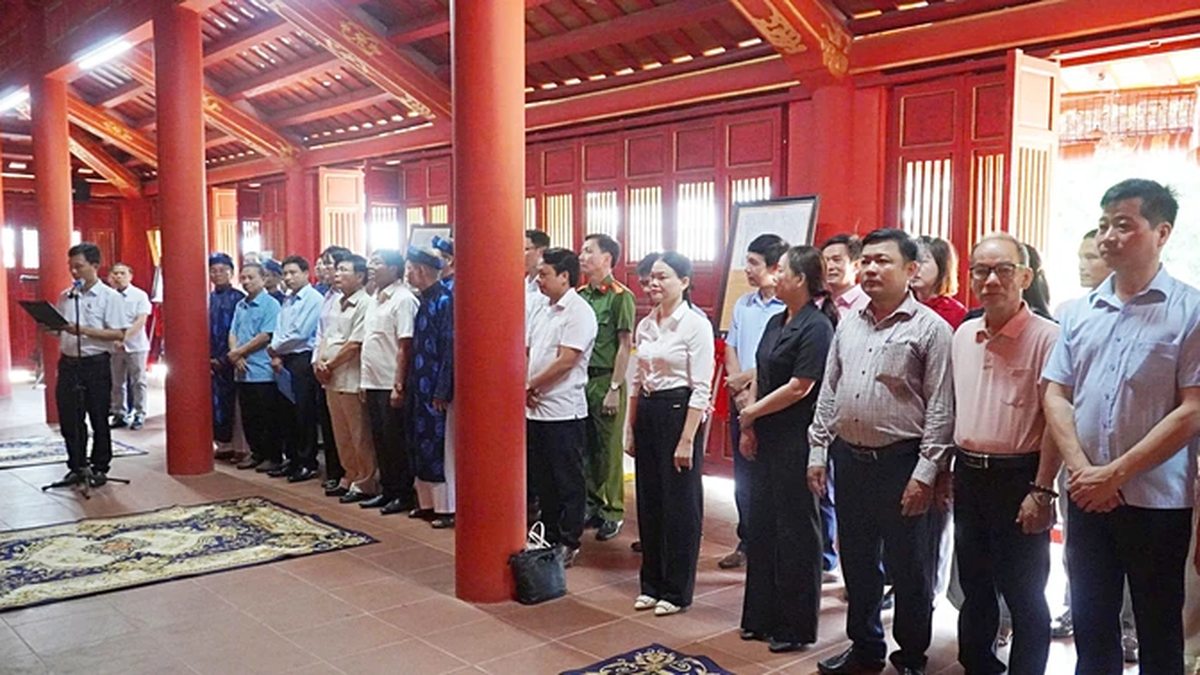



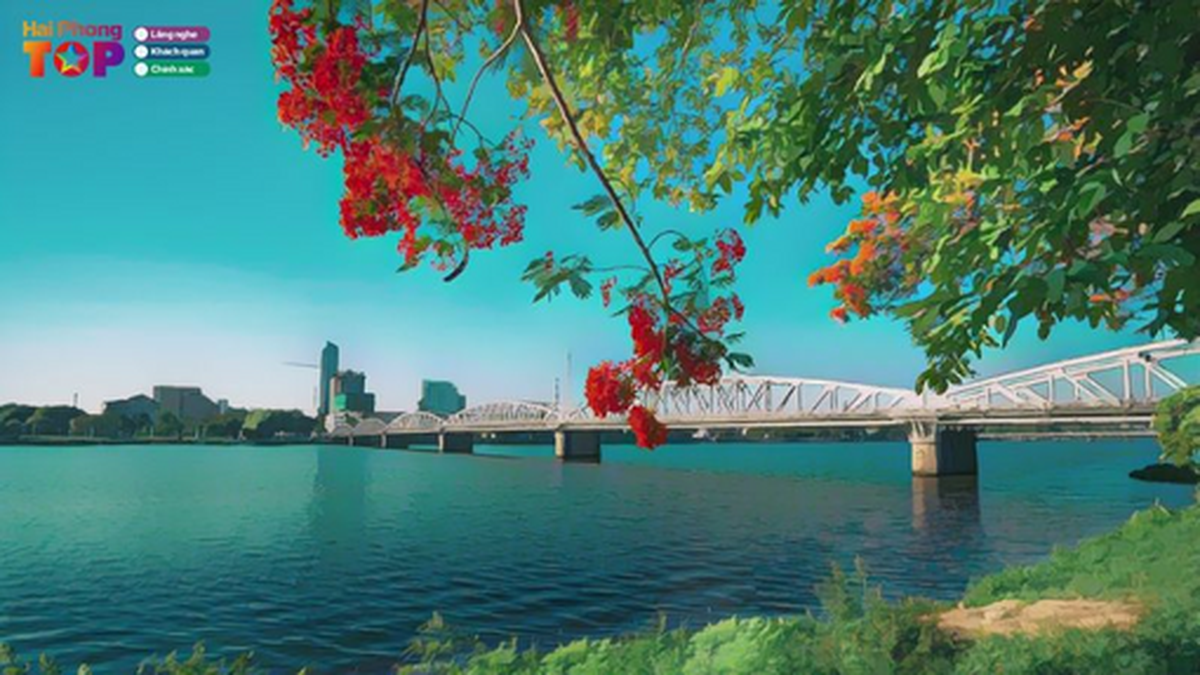

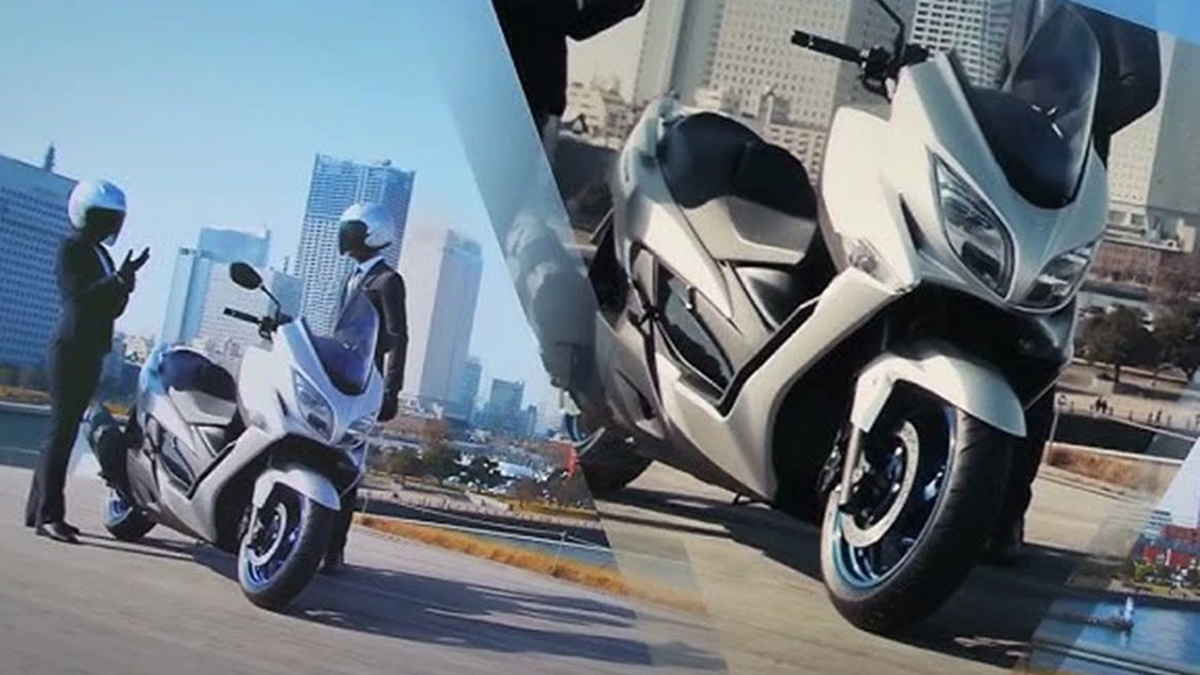










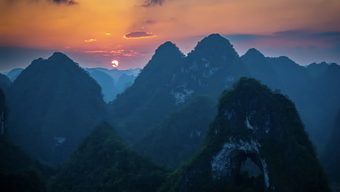


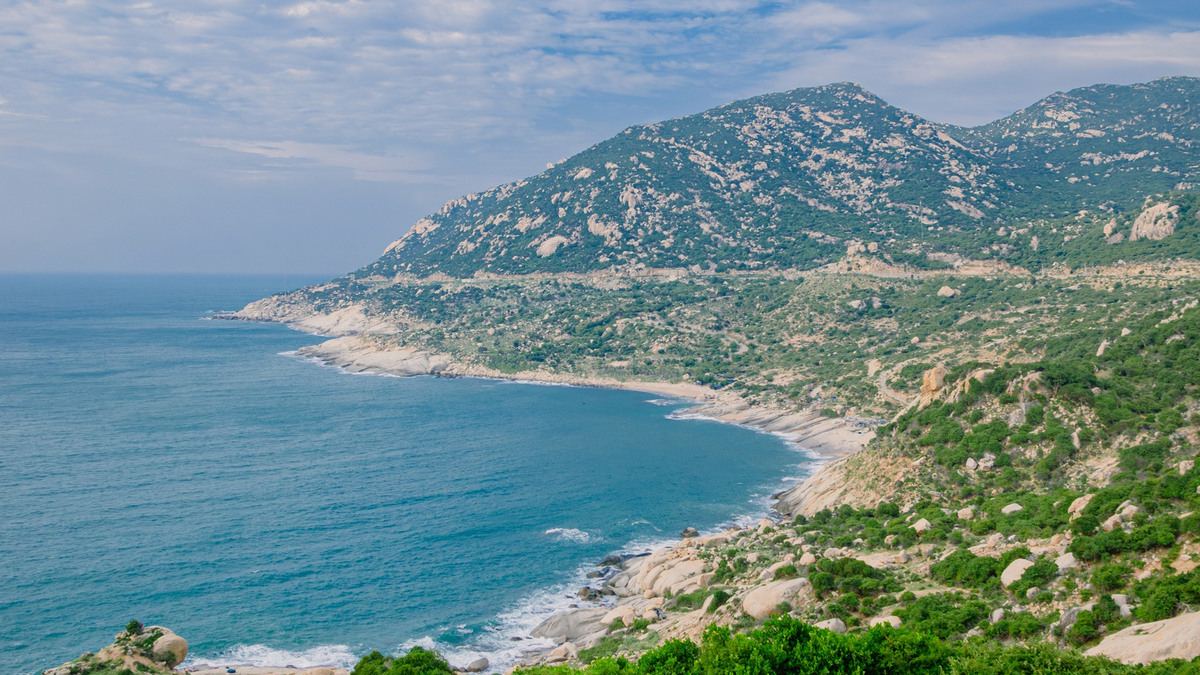
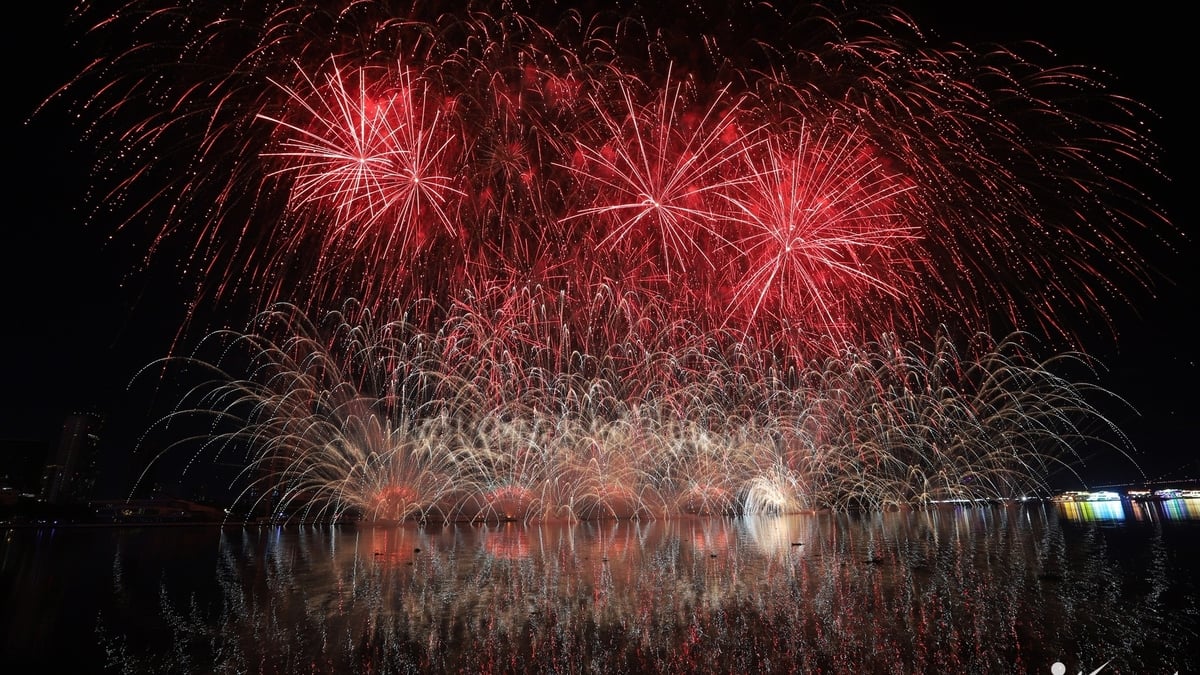

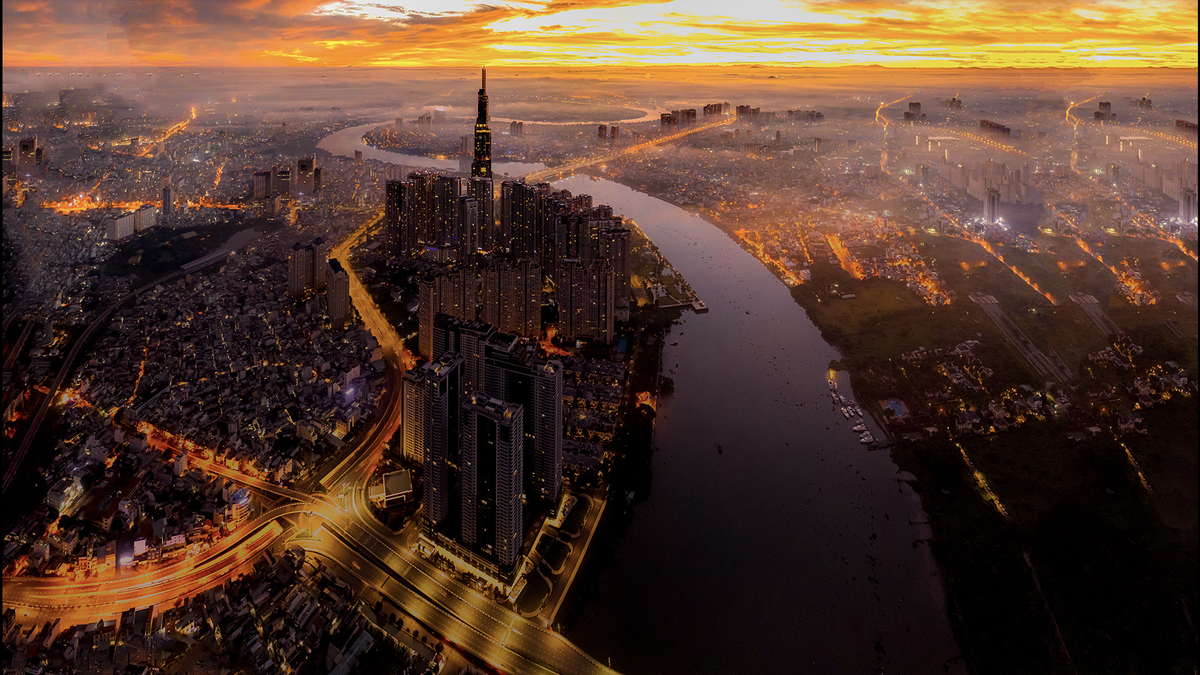
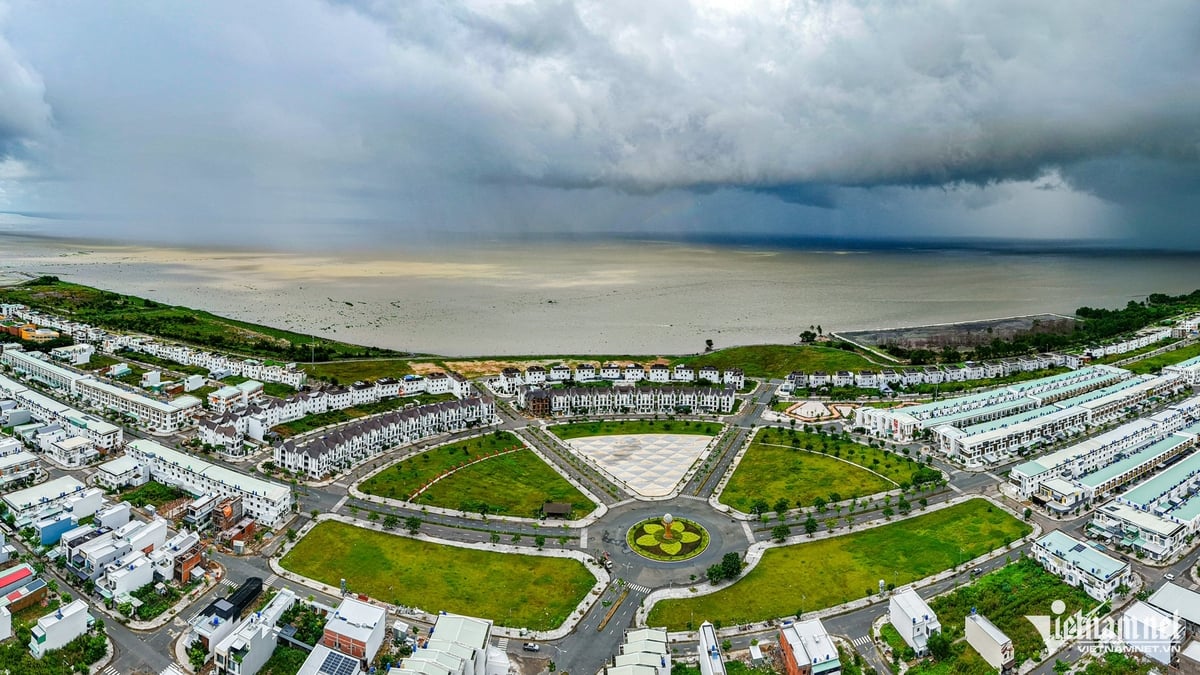
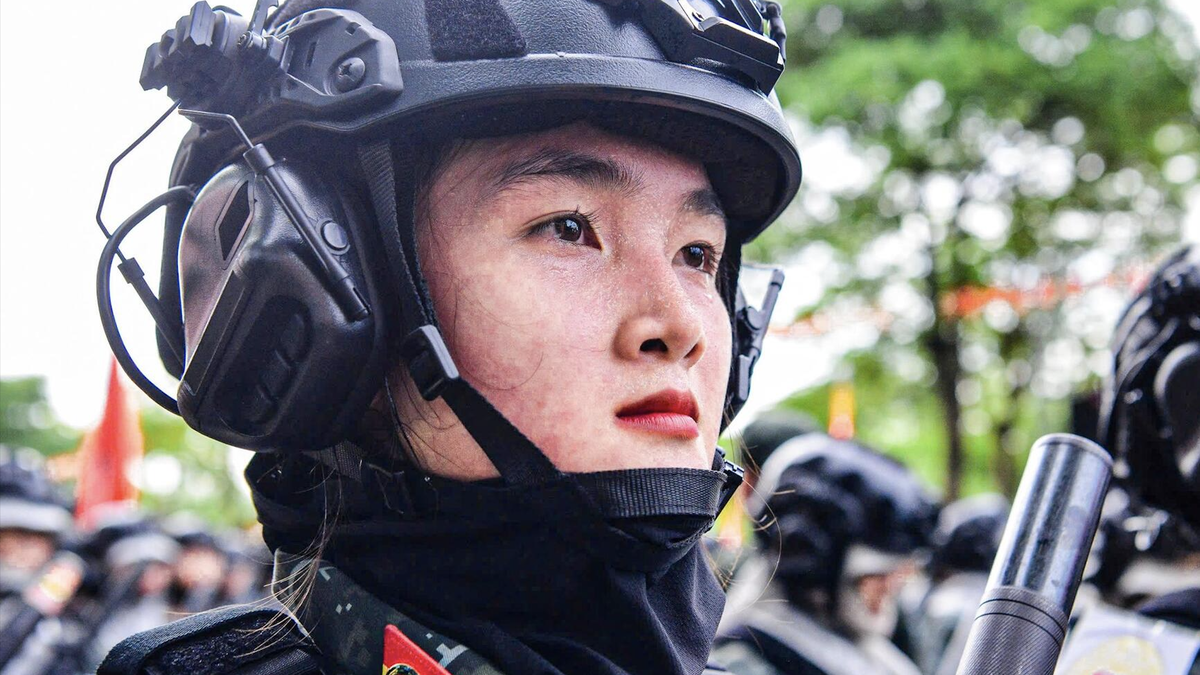
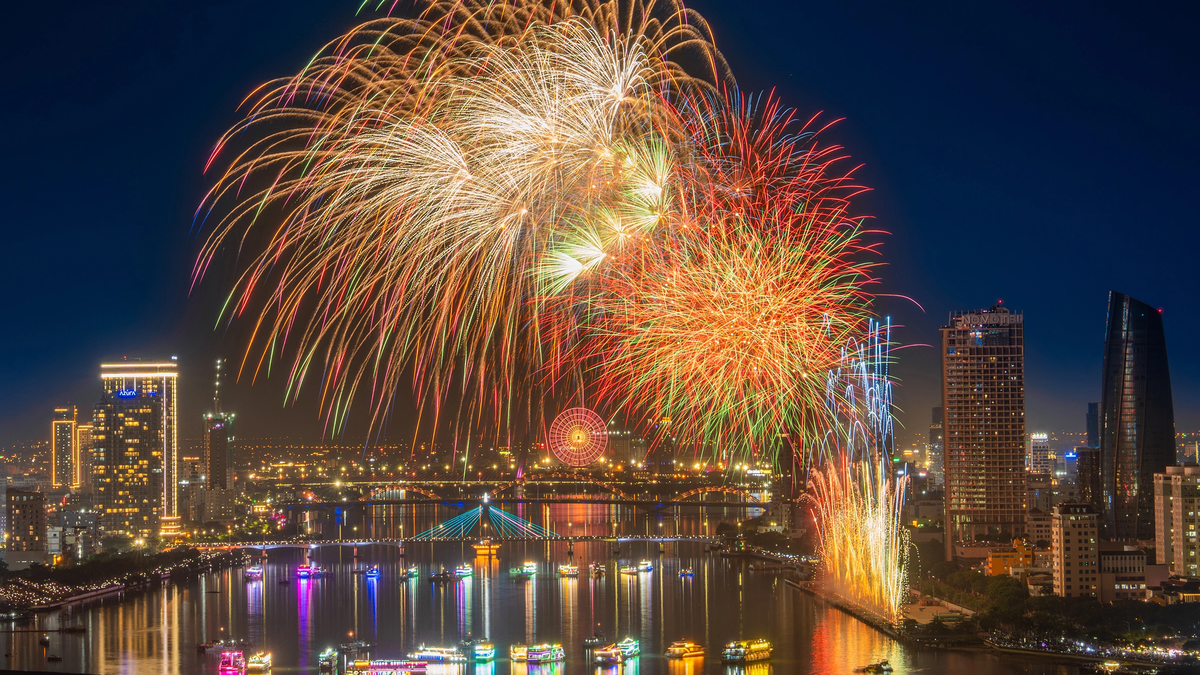
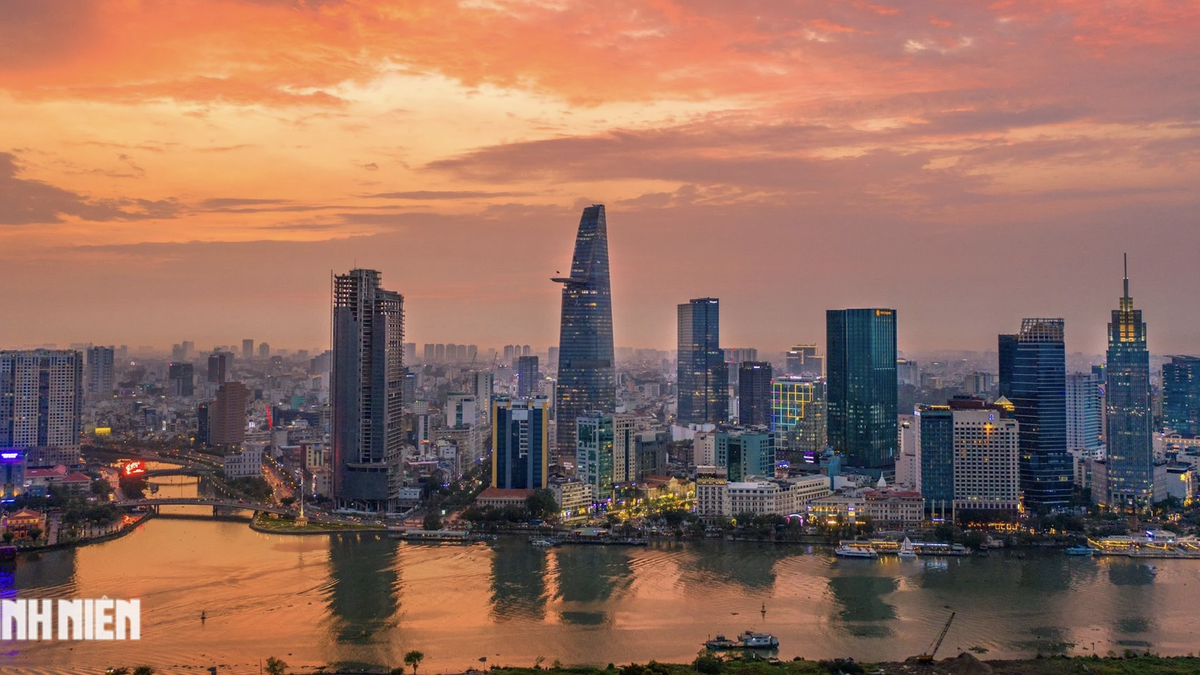

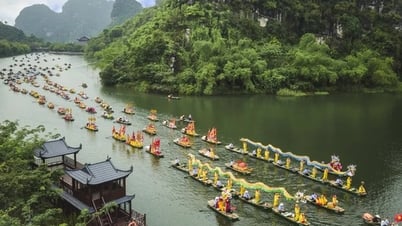

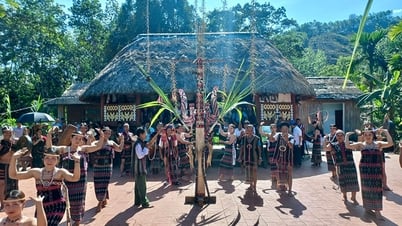



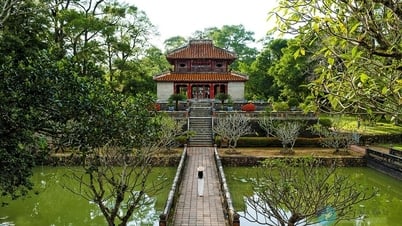

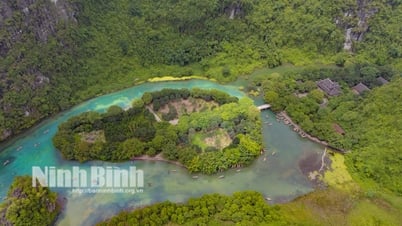





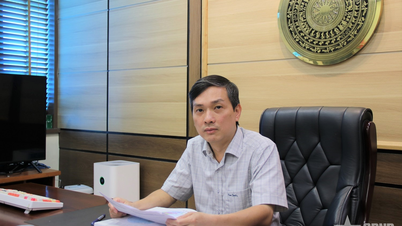

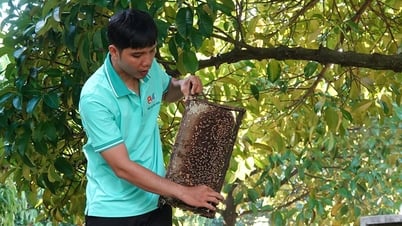



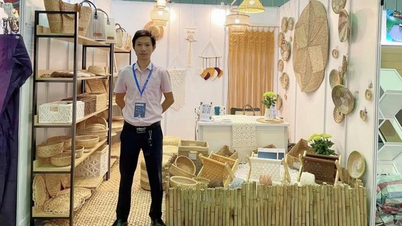





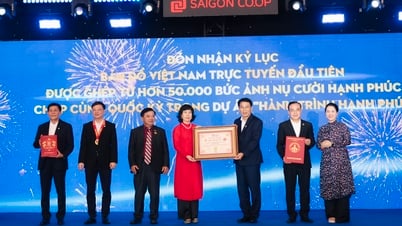
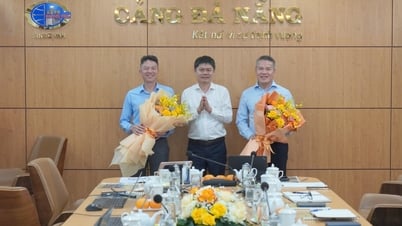
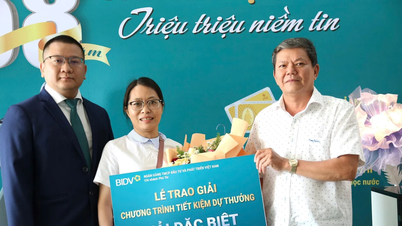


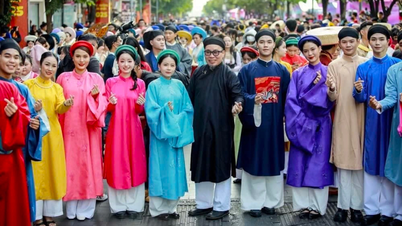



![[Photo] International community congratulates Vietnam on having more landscapes recognized as World Cultural Heritage](https://vphoto.vietnam.vn/thumb/402x226/vietnam/resource/IMAGE/2025/7/13/58ec71f73ae644bfb5bab9c99043bb7d)



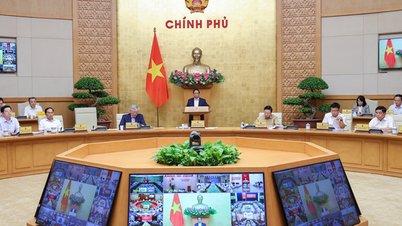





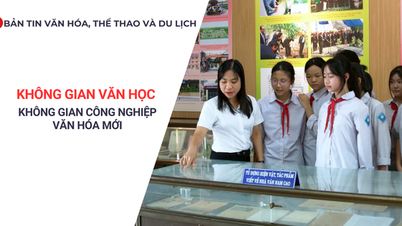







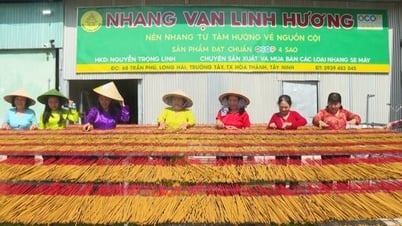












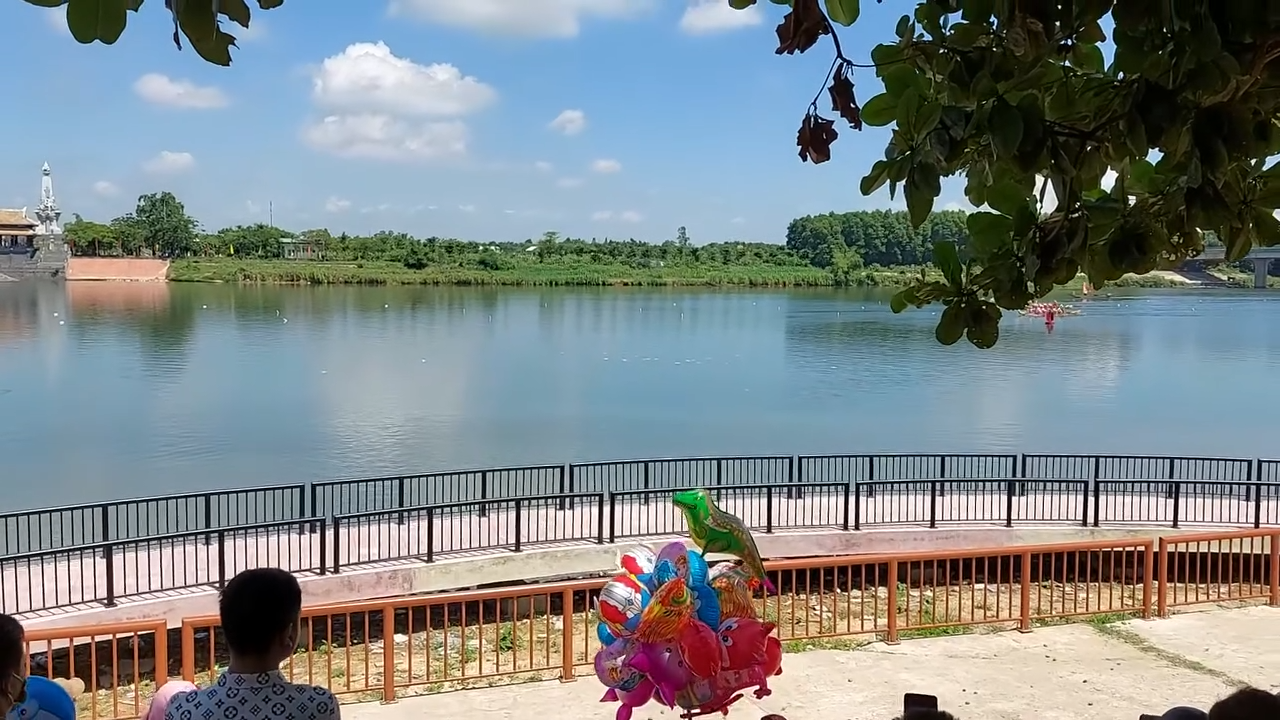
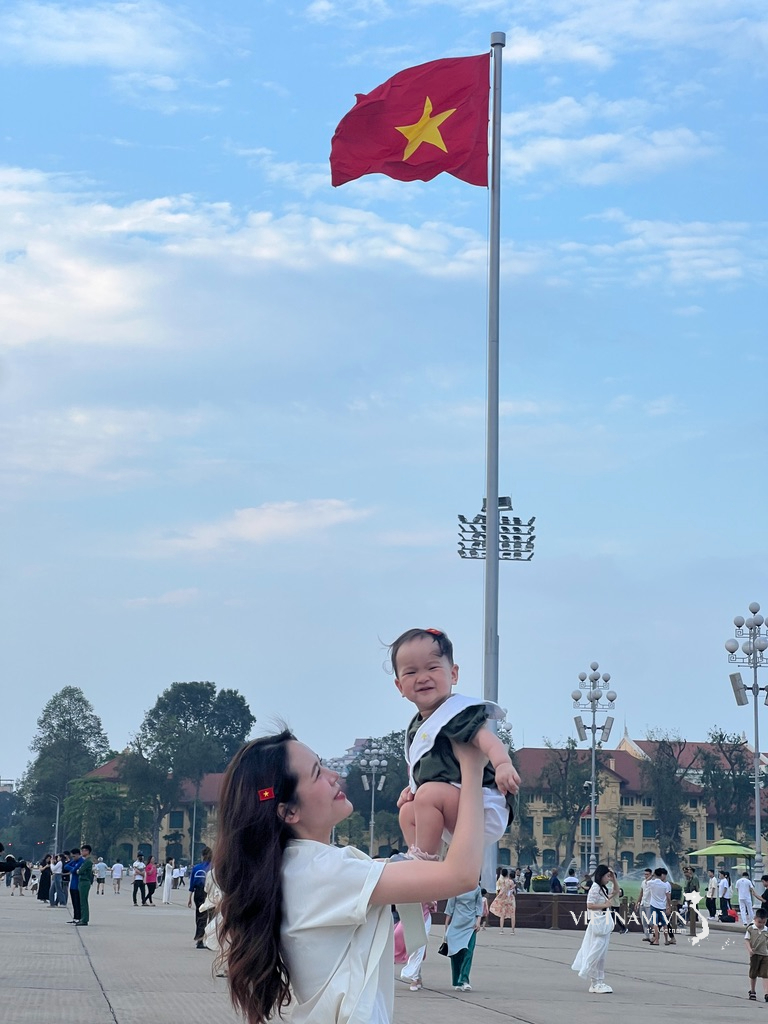
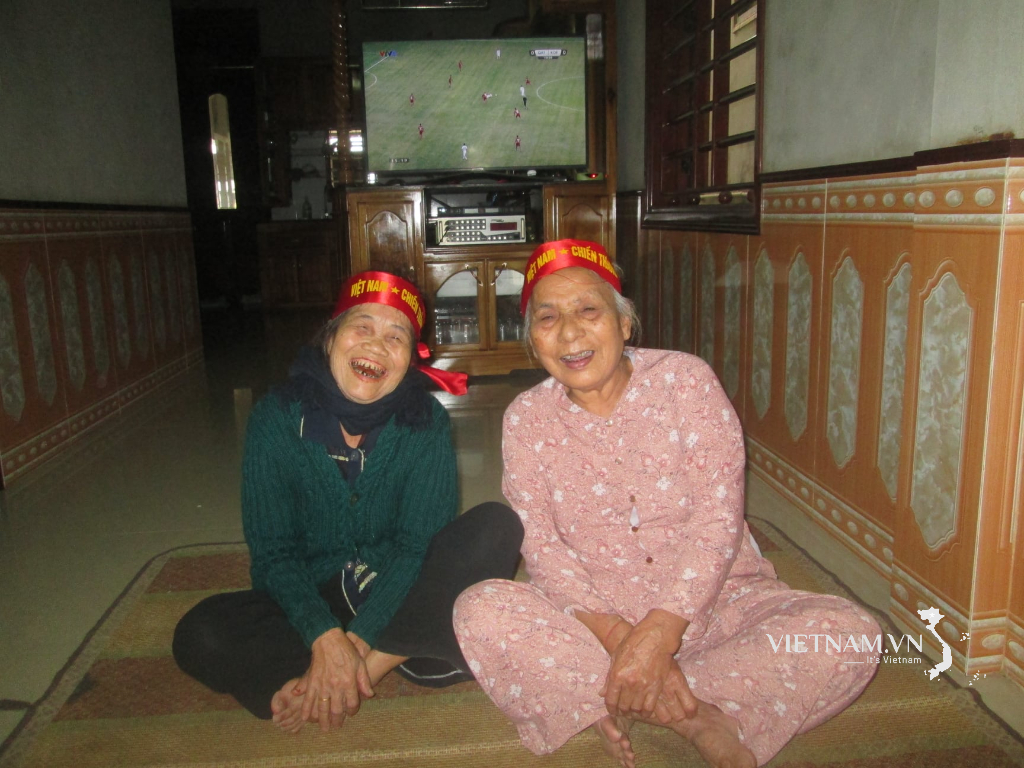
Comment (0)